Attached Bibliography
|
Mesohellenic Piggy-back basin in Central Greece:
- Zelilidis, A., Piper, D.J.W. & Kontopoulos, N. 2002: Sedimentation and basin evolution of the Oligocene - Miocene Mesohellenic basin, Greece. – American Association of Petroleum Geologists Bulletin, 86 (1), 161-182.
- Zelilidis, A. & Kontopoulos, N. 1996: Significance of fan deltas without toe-sets within rift and piggy-back basins: examples from the Corinth graben and the Mesohellenic trough, Central Greece. - Sedimentology, 43, 253-262.
- Doutsos, T., Koukouvelas, I., Zelilidis, A. & Kontopoulos, N. 1994: Intracontinental wedging and post-orogenic collapse in Mesohellenic Trough. - Geol.Rundsch., 83, 257-275.
Pindos Foreland in western Greece:
- Maravelis, A., Makrodimitras, G. & Zelilidis, A. 2014: Stratigraphic evolution and source rock potential of a Late Oligocene-Early/Middle Miocene continental slope system, Diapondia Islands, Ionian Sea, NW Greece. Geological Magazine, 151(3):394-413.
- Konstantopoulos, P. & Zelilidis, A., 2013: Sedimentation of submarine fan deposits in the Pindos foreland basin, from late Eocene to early Oligocene, west Peloponnesus peninsula, SW Greece. Geological journal, 48(4), 335-362.
- Konstantopoulos, P. & Zelilidis, A., 2013: Provenance analysis of Eocene-Oligocene turbidite deposits in Pindos foreland basin, fold and thrust belt of SW Greece: Constraints from framework petrography and bulk-rock geochemistry. Arabian Journal of Geosciences, 6(12), 4671-4700.
- Konstantopoulos, P., Maravelis, A. & Zelilidis, A., 2013: The implication of transfer faults in foreland basin evolution: Application on Pindos Foreland Basin, West Peloponnesus, Greece. Terra Nova
- Konstantopoulos, P. & Zelilidis, A. 2012: The geodynamic setting of Pindos foreland basin in SW Greece: Tectonic and sedimentary evolution. Episodes, v.35, no4, 501-512
- Avramidis, P., Zelilidis, A. & Kontopoulos, N. 2000: Thrust dissection control of deep-water clastic dispersal patterns in the Klematia-Paramythia foreland basin, Western Greece. -Geol.Mag., 137, 667-685.
- Zelilidis, A. 2003: The geometry of fan-deltas and related turbidites in narrow linear basins. Geological Journal, 38, 31-46.
- Kokinou, Ε., Kamberis, Ε., Vafidis, Α., Monopolis, D., Ananiadis, G. & Zelilidis, Α. 2005: Deep seismic reflection data from offshore western Greece: a new crustal model for the Ionian Sea. – Journal of Petroleum Geology, 28, 81-98.
- Avramidis, P., Zelilidis, A. 2001: The nature of deep-marine sedimentation and palaeocurrent trends as an evidence of Pindos foreland basin fill conditions. Episodes, 24, No4, 252-256.
- Avramidis, P., Zelilidis, A., Vakalas, I. & Kontopoulos, N. 2002: “Interaction between tectonic activity and eustatic sea-level changes in the Pindos and Mesohellenic Basins, NW Greece: basin evolution and hydrocarbon potential. -Journal of Petroleum Geology, 25 (1), 53-82.
Patras-Corinth extensional basin:
- Vakalas, I., Zelilidis, A., Barkooky, A., Darwish, M. & Tewfik, N. 2015: Comparison between fan deltas in the Gulf of Suez, Egypt, and in the Gulf of Corinth, Greece. Arabian Journal of Geosciences, 8:3603-3613.
- Zelilidis, A. 2003: The geometry of fan-deltas and related turbidites in narrow linear basins. Geological Journal, 38, 31-46.
- Kontopoulos, N. & Zelilidis, A. 1997: Depositional environments of the coarse-grained lower Pleistocene deposits in the Rio-Antirio basin, Greece. - In: Engineering Geology and the Environment (Eds. by Marinos,P.G., Koukis,G.C., Tsiambaos,G.C. and G.C.Stournaras). Proceedings of Intern. Symp.Engin.Geol.Envir., 199-204.
- Zelilidis, A. & Kontopoulos, N. 1996: Significance of fan deltas without toe-sets within rift and piggy-back basins: examples from the Corinth graben and the Mesohellenic trough, Central Greece. - Sedimentology, 43, 253-262.
- Poulimenos, G., Zelilidis, A., Kontopoulos, N. & Doutsos, T. 1993: Geometry of trapezoidal fan deltas and their relationship to extensional faulting along the south-western active margins of the Corinth rift. -Basin Research, 5, 179-192.
- Kontopoulos,N. & Zelilidis,A.1992: Upper Pliocene lacustrine environments in the intramontane Rio graben basin, NW Peloponnesus, Greece. Jb. Palaont. Mh., 2, 102 114.
- Zelilidis,A., Koukouvelas,I. & Doutsos,T.1988: Neogene paleostress changes behind the forearc fold belt in the Patraikos Gulf areas Western Greece. Jb. Geol. Palaont. Mh., 5: 311 325
The Complex (foreland and piggy-back) Zakynthos basin - Ionian Foreland Basin:
- Zelilidis, A., Papatheodorou, G., Maravelis, A., Christodoulou, D., Tserolas, P., Fakiris, E., Dimas, X., Georgiou, N. & Ferentinos, G., 2016: Interplay of thrust, back-thrust, strike-slip and salt tectonics in a Fold and Thrust Belt system: an example from Zakynthos Island, Greece. Intr.J.Earth Sciences. 105: 2111-2132.
- Zelilidis, A., Kontopoulos, N., Piper, D.J.W. & Avramidis, P. 1998: Tectonic and sedimentological evolution of the Pliocene-Quaternary basins of Zakynthos island, Greece: Case study of the transition from compressional to extensional tectonics. - Basin Research, 10, 393-408.
- Κontopoulos, N., Zelilidis, A., Piper, D.J.W. & Mudie, P.J. 1997: Messinian evaporites in Zakynthos, Greece. -Palaeog., palaeocl., palaeoec, 129, 361-367.
Kalamata Extensional Basin:
- Zelilidis, A. & Kontopoulos, N. 1999: Plio-Pleistocene architecture in marginal extensional narrow sub-basins: examples from Southwest Geeece. - Geol.Mag., 136(3), 241-262.
- Zelilidis, A. & Kontopoulos, N. 1994: Pliocene-Pleistocene fluvial/wave dominated deltaic sedimentation: the Pamisos delta in SW Peloponnesus, GREECE. -Geol.Mag.,131,653-668.
- Zelilidis, A. & Kontopoulos, N. 2001: Post-Miocene sedimentary evolution of south Peloponnesus, Greece. –GAIA, No 16 (1-2), 1-12.
Extensional basins in NW Crete Island (Platanos-Kasteli-Maleme sub-basins) - Mediterranean Ridge:
- Maravelis, A., Panagopoulos, G., Piliotis, I., Pasadakis, N., Manutsoglou, E. & Zelilidis, A., 2016: Pre-Messinian (sub-Salt) Source-rock potential on Back-stop Basins of the Hellenic Trench system (Messara Basin, Central Crete, Greece). Oil and Gas Science and Technology-Rev.IFP Energies nouvelles 71, 6. (DOI: 10.2516/ogst/2013130).
- Kontopoulos, N. & Zelilidis, A. 1997: Depositional processes in outer arc marginal sub-basins during the Messinian. Examples from the western Crete Island, Greece. -Geologica Balcanica, 27, 1-2, 91-100.
- Kontopoulos, N., Zelilidis,A. & Frydas,D. 1996: Late Neogene sedimentary and tectonostratigraphic evolution of southwestern Crete island, Greece. - N. Jb. Geol.Palaont. Abh., 202, 287-311.
|





